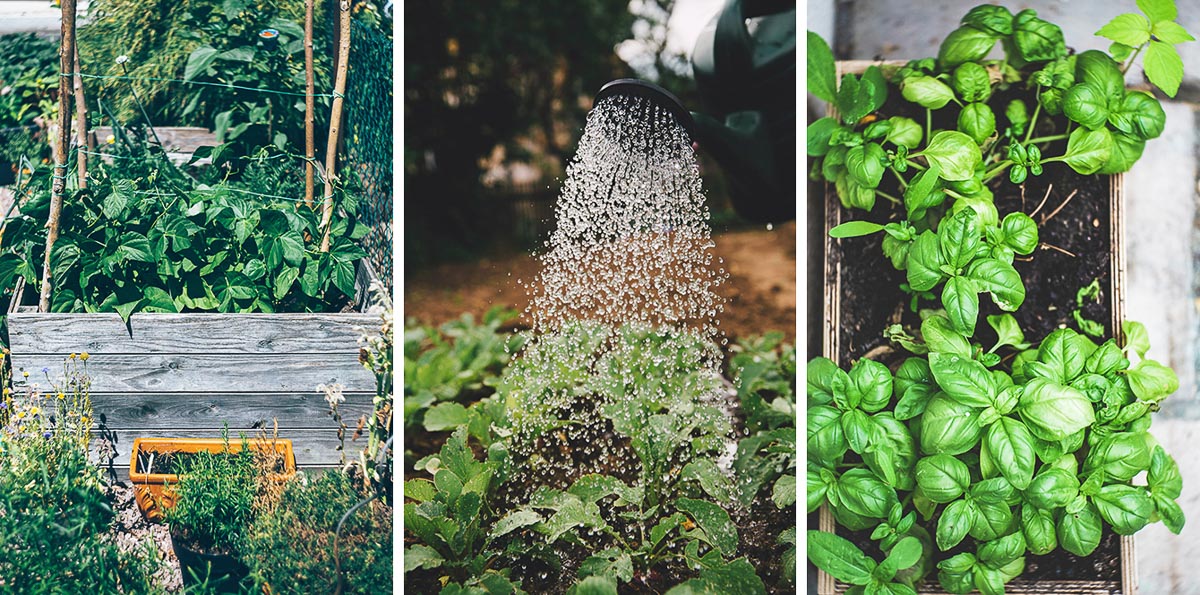7 Simple Techniques For City Blooming
7 Simple Techniques For City Blooming
Blog Article
City Blooming Things To Know Before You Buy
Table of ContentsAbout City BloomingThe Best Strategy To Use For City BloomingOur City Blooming IdeasThe Best Guide To City BloomingThe 20-Second Trick For City Blooming
Intrigued in expanding food for sale in the City of Chicago? Below is a list of frequently asked inquiries regarding the guidelines and regulations that cultivators need to consider when intending an urban farming project.
The zoning change does not modify any kind of other codes taking care of composting, building permits, purchasing or renting City had home, organization licenses or environmental contamination. There are existing codes that manage these concerns and they continue to be in complete result and may be suitable to your job. Neighborhood yards are usually possessed or taken care of by public entities, public organizations or community-based organizations and preserved by volunteers.
Urban ranches grow food that is intended to be sold, either on a not-for-profit or for-profit basis. Because of their business purpose, urban ranches call for a business permit. Yes. A community yard is enabled to sell surplus create that was expanded on website if the sales are accessory or subordinate to the yard's primary purpose described over.
The smart Trick of City Blooming That Nobody is Discussing
Composting is enabled but only for plant material that is produced and used on website. The quantity of compost product can not go beyond 25 cubic lawns at any kind of given time according to the criteria in 7-28-715 of the City's Municipal Code. Yes. Because the dirt at most brand-new yard websites requires modifying, garden compost, soil, wood chips, or various other materials can be obtained to create or boost the expanding area - eco-friendly practices.

If a building authorization is called for after that the hoophouse will be considered an accessory building. You can locate out more regarding the building permit demands by speaking to the Division of Buildings. The 25,000-square-foot dimension limit is planned to avoid a single neighborhood garden from dominating a provided block or interfering with the block's existing property or business personality.
The restriction does not use to yards located in Public Open Room (POS) areas. Can there be more than one community yard that is 25,000 square feet on a single block? Fence is not needed, nonetheless, gardens that have large car park locations may be needed to set up fence or various other landscaping features.
Some Known Details About City Blooming
B1 & B2 areas need that all business use activities be carried out inside. R districts restrict commercial task. The regulations mirror the purpose and intent of the Zoning Code. Is fence needed for urban ranches? Yes. Fences may be required, along with landscaping and testing, for sure car park locations and outside job or storage space areas depending upon place and the particular activity taking place.
Yes. Urban ranches call for structure licenses and zoning approvals before construction. Various other kinds of city testimonial might be called for depending upon certain structures, tasks, dimension, landscape design, licensing, public health and stormwater monitoring issues. Much of these requirements are recognized in the project style or allowing process, nonetheless, the applicant might be accountable look at more info to individually recognize details licenses or permits that might be required.
Yes. The sort of certificate is established by what is happening at the website. The Division of Company Affairs and Consumer Protection can help figure out the details sort of business permit that's needed. Yes. Off road car parking is needed for many commercial jobs in Chicago. The needed variety of auto parking spaces is based on the variety of employees working with website and not the square footage of the growing area.
Some Known Details About City Blooming

Yes. A city ranch can offer compost product generated on site, however, the operation must follow the regulations in 7-28-715 of the Chicago Municipal Code. Yes. Aquaponic systems are permitted indoors on city farms in several zoning districts. Nonetheless, a zoning evaluation and structure permit is required in order to install frameworks or systems and a business permit is called for as described over.
As much as 5 hives or nests of honey might be maintained as an accessory use. Nevertheless, beekeepers should sign up with the Illinois Department of Agriculture. For more information concerning the recommended zoning change you may get in touch with the Department of Housing and Economic Development, Bureau of Preparation and Zoning at 312.744.8563.
Farming in cities and metropolitan areas A city ranch in Chicago. Urban farming refers to various methods of cultivating. https://www.awwwards.com/cityblooming/, handling, and dispersing food in urban locations. The term additionally puts on the location activities of animal husbandry, tank farming, beekeeping, and horticulture in an urban context. Urban farming is distinguished from peri-urban agriculture, which happens in backwoods at the edge of suburbs.
The Ultimate Guide To City Blooming
It can entail a movement of natural growers, "foodies" and "locavores", who seek to develop social networks based on a shared ethos of nature and community holism. These networks can develop using formal institutional assistance, ending up being incorporated right into local town preparation as a "shift community" movement for sustainable urban development.
Some of the initial proof of urban farming comes from Mesopotamia.
Report this page